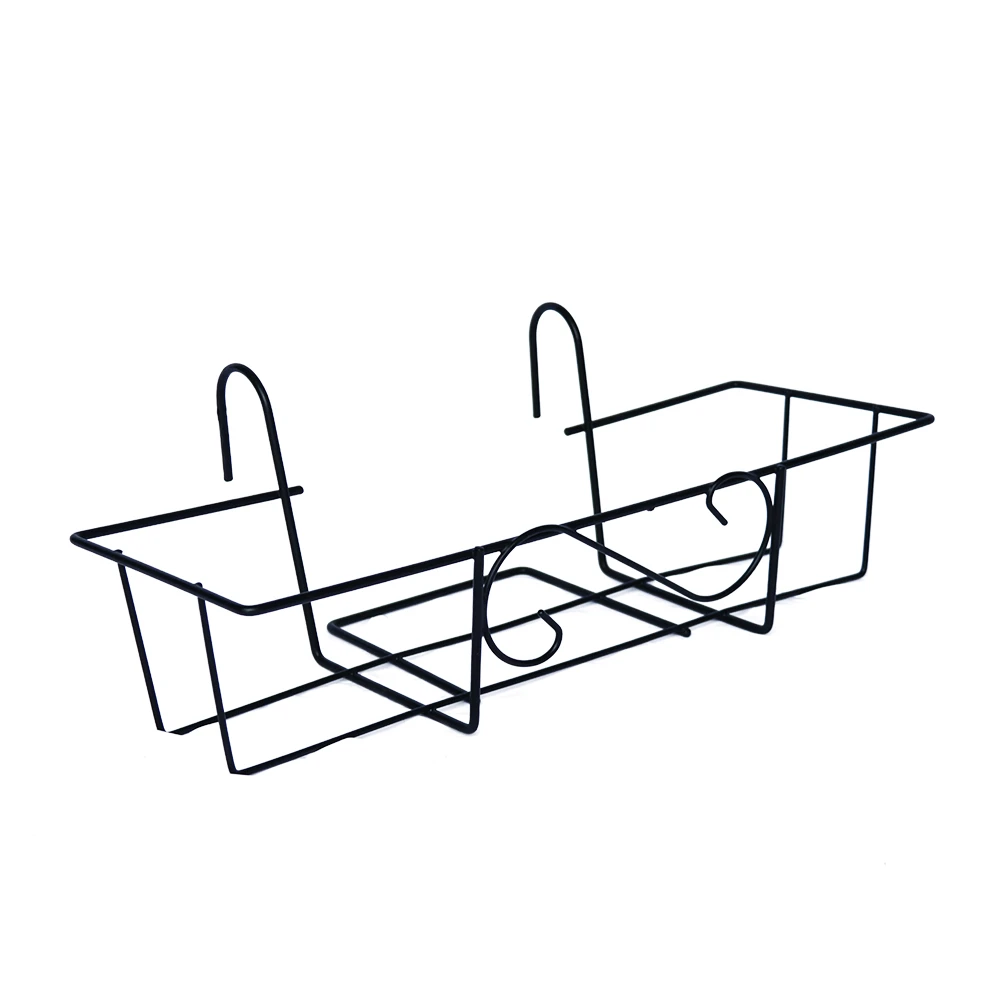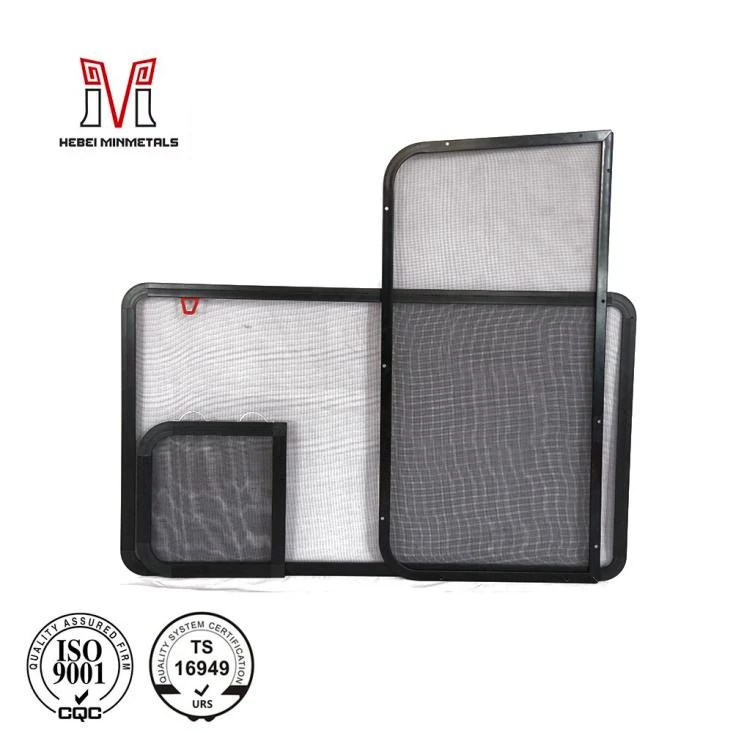steel stranded wire
سبتمبر . 22, 2024 01:54
Understanding Steel Stranded Wire Applications, Benefits, and Specifications
Steel stranded wire is an essential component in various industries owing to its strength, flexibility, and durability. This type of wire is composed of multiple strands of steel wire twisted together to form a single line. The unique structure not only enhances tensile strength but also provides added flexibility, making it ideal for numerous applications.
One of the primary uses of steel stranded wire is in the construction industry. It is commonly employed in the making of cables for cranes, elevators, and other heavy lifting equipment. Its high strength-to-weight ratio allows for efficient lifting and lowering of heavy loads, contributing to safer and more effective operations. Furthermore, steel stranded wire is used in the construction of bridges, where it is often utilized in suspension systems, providing both support and stability to the structure.
In addition to construction, steel stranded wire plays a crucial role in the telecommunications industry. It is used in the manufacturing of guy wires and antenna supports, which are vital for maintaining the structural integrity of communication towers. The corrosion-resistant properties of stainless steel make stranded wire an excellent choice for outdoor applications, where exposure to various weather conditions can be detrimental.
Agriculture is another field where steel stranded wire is extensively implemented. It is used for fencing, trellising, and vine supports, effectively providing the necessary strength to withstand environmental pressures. The ability to withstand tension makes it ideal for securing fences in agricultural settings, ensuring the safety and containment of livestock.
steel stranded wire

The manufacturing process of steel stranded wire typically involves the drawing of steel into thin wires, followed by the twisting of these wires together into strands. This process helps to reduce the diameter while increasing the wire's strength. Common specifications of steel stranded wire include various material types, such as carbon steel or stainless steel, and different coatings like zinc or polymer for added protection against corrosion.
Furthermore, the diameter and number of strands can vary significantly based on the specific application requirements. Standard sizes range from a few millimeters to several centimeters in diameter, with the number of strands typically ranging from a handful to over twenty. These variations allow for customized solutions tailored to meet the diverse needs of different industries.
One of the advantages of steel stranded wire is its ability to endure extreme conditions, including high temperatures and significant mechanical stress. Its resistance to fatigue also plays a significant role in its longevity and reliability. Furthermore, regular inspections and maintenance can enhance the operational lifespan of steel stranded wire, making it a cost-effective solution in the long run.
In conclusion, steel stranded wire is an indispensable material that finds utility across multiple sectors due to its strength, flexibility, and durability. Its various applications range from construction and telecommunications to agriculture, each benefiting from its unique properties. As industries continue to evolve and demand high-performance materials, the importance of steel stranded wire will undoubtedly grow, solidifying its position as a critical component in modern infrastructure and technology.









 Unity
Unity Creation
Creation Challenge
Challenge Contribution
Contribution










